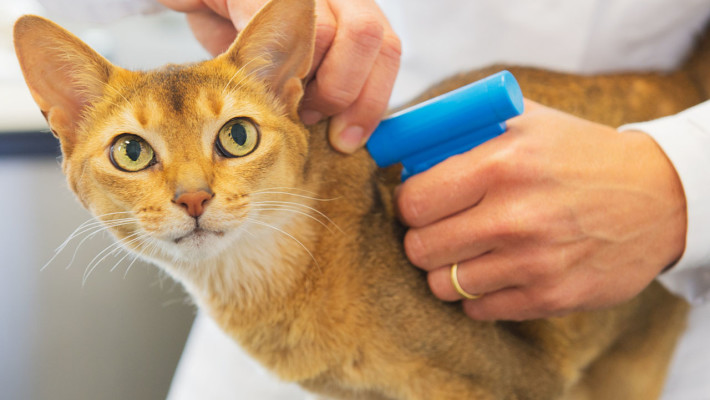
The importance of microchipping
This week we had a beautiful young female tabby cat brought in to the clinic as a stray. She had been found in the vicinity of a local school and appeared lost. A staff member of the school brought her into the clinic hoping that we could identify the cat. She had no collar but thankfully, she had been implanted with a microchip. With the cat safely held at our clinic, the cat’s details were retrieved from the microchip database and the owner was found and contacted. The owner was extremely grateful as her cat was indoor only and had somehow been accidentally let outside without the owner’s knowledge. Within one hour of the cat being brought to our clinic, she had been reunited with her relieved owner.
What would the outcome have been if the cat had not been microchipped?
Without a way to identify the cat (no microchip, no collar) the cat would have been collected by the City of Wanneroo and placed into the Animal Care Centre, where lost and stray animals are cared for. It is then up to the owner to contact the Centre to collect their lost pet. If the owner does not come forward within 7 days, the pet is then placed into the adoption programme for re-homing. Therefore, if the owner has not been actively looking for their lost pet, the pet may become rehomed instead of re-united.
This is why microchipping of pets is so important. In fact, it is now a legal requirement in WA for all cats over 6 months of age to be microchipped and all dogs over 3 months of age must be microchipped by November 2015. If your cat or dog is still not microchipped, please call the clinic to arrange to have an appointment for microchipping.



